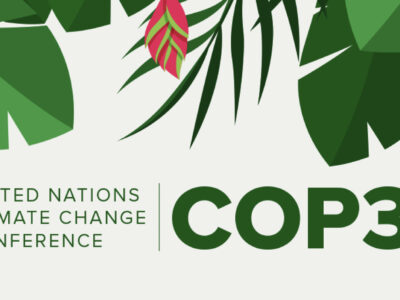
The last major drought to hit the northeastern U.S. lasted three years and shrunk New York City’s reservoirs by nearly three quarters. But as bad as that drought was, the region has seen at least three dry spells in the last 6,000 years that were far worse, says Dorothy Peteet, a climate scientist at Columbia University’s Lamont-Doherty Earth Observatory.
By analyzing sediment cores pulled from the tidal marshes of New York’s Hudson River Valley, Peteet and colleagues have identified a 500 year drought that that began in 850 AD. Two other droughts, more than 5,000 years ago, lasted only 20 to 40 years, but may have been far more severe. Though some climate models show the Northeast becoming wetter as the climate warms, the region could still be at risk of drought in the future, she says. Peteet presented new results from her Hudson River work Monday at a press conference at the American Geophysical Union’s fall meeting in San Francisco.
“People don’t generally think about the Northeast as an area that can experience drought, but there’s geologic evidence that shows major droughts can and do occur,” said Peteet, who is also affiliated with NASA’s Goddard Institute for Space Studies (GISS). “It’s something scientists can’t ignore. What we’re finding in these sediment cores has big implications for the region.”
In related research on droughts, new evidence suggests that people may have been changing the climate even before the industrial era. Ben Cook, a climatologist at Lamont-Doherty and GISS, presented results at the same press conference Monday suggesting that the ancient Meso-American civilizations of the Maya and Aztec amplified droughts in the Yucatan Peninsula and southern and central Mexico by clearing rainforests for farming. As trees were replaced with crops and grassland, more of the sun’s energy was reflected back into space, reducing cloud formation and rainfall, says Cook.
He estimates that as much as half of the dryness in the pre-Colonial period was due to deforestation. “I wouldn’t argue that deforestation causes drought or that it’s entirely responsible for the decline of the Maya,” he said, “but our results do show that deforestation can bias the climate toward drought.”
A NASA news story, Ancient Dry Spells Offer Clues About the Future of Drought, offers further information about droughts and explains what global climate models have to say about their frequency in the decades ahead.



